Photos of the ’80s punk scene
The ’80s punk scene was a riotous explosion of raw energy and rebellion. Born from the ashes of the 1970s, punk in the 1980s embraced a new wave of sound and style.
Bands like Black Flag and The Clash took center stage, offering a soundtrack to a generation that sought to break free from societal norms. Punk was more than just music; it was an attitude and a lifestyle that embraced individuality and defiance.
The Birth of Punk: A Brief History
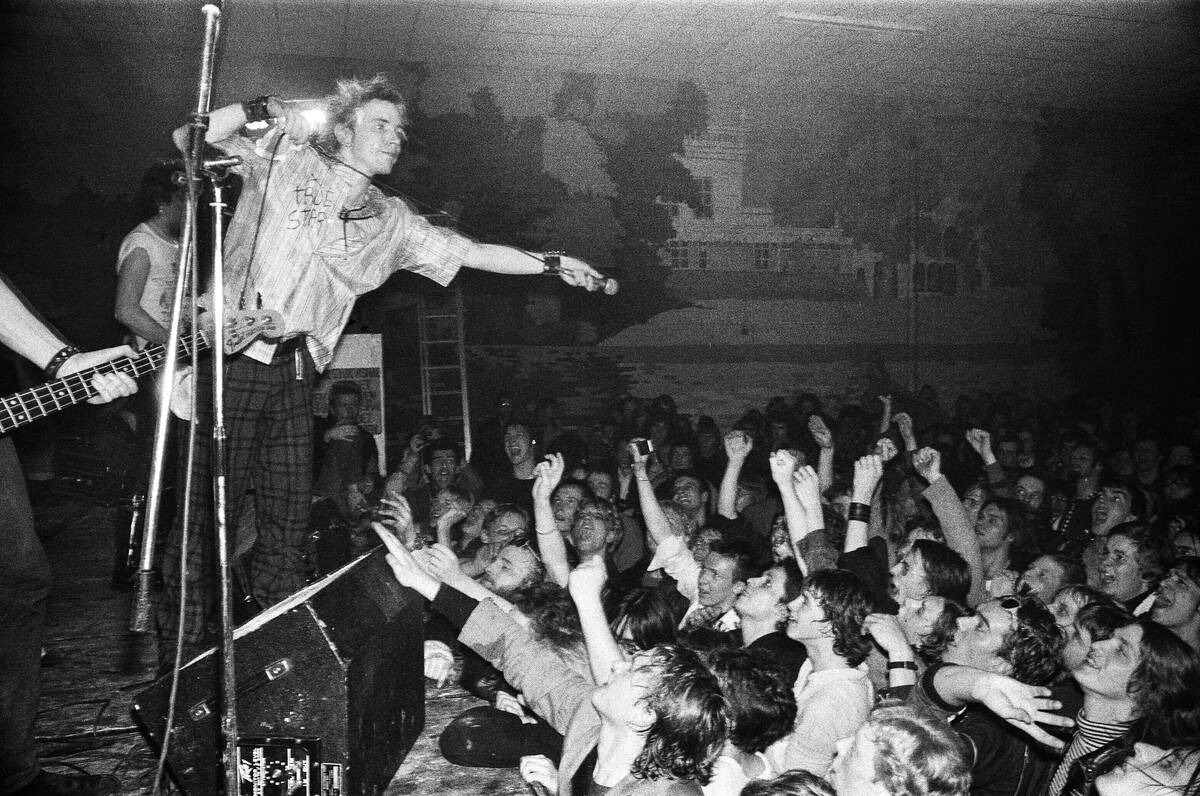
Punk’s origins trace back to the mid-1970s, with bands like The Ramones and The Sex Pistols leading the charge. Emerging from the gritty streets of New York City and London, punk was a response to the polished rock of the era.
It was raw, fast, and unrefined. The movement quickly gained momentum, spreading through underground clubs and inspiring a new generation of musicians and artists who would shape the ’80s punk scene.
Iconic Punk Venues of the ’80s
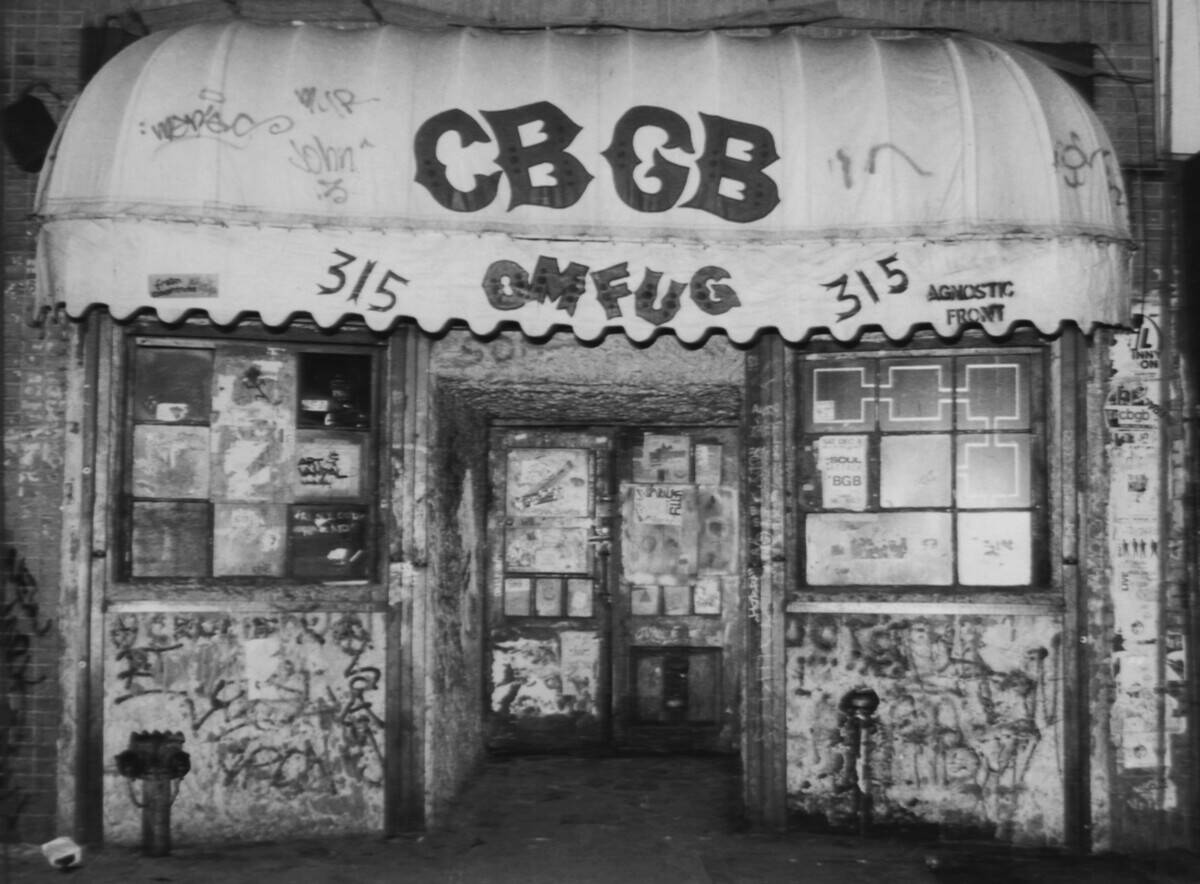
Venues like CBGB in New York and The 100 Club in London were the epicenters of punk culture in the ’80s. These clubs were more than just places to catch a gig; they were breeding grounds for new sounds and ideas.
Bands like The Misfits and Siouxsie and the Banshees played legendary shows, with fans packing these venues to the brim. The energy was electric, and the walls reverberated with the sound of punk’s raw edge.
Fashion Statements: Mohawks, Leather, and Safety Pins
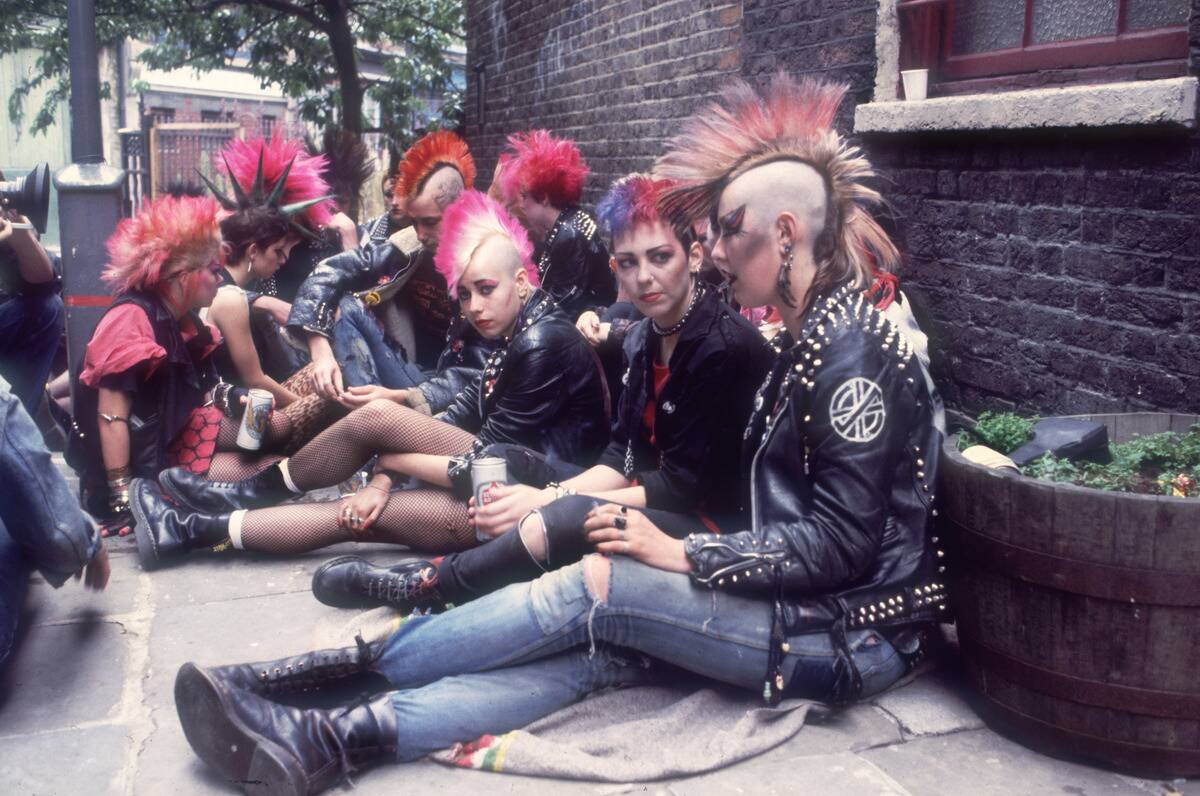
Punk fashion in the ’80s was as bold and rebellious as the music itself. Mohawks in vibrant colors, leather jackets adorned with band patches, and safety pins as accessories were staples.
Vivienne Westwood’s designs epitomized punk style, pushing the boundaries of conventional fashion. This unique look was a visual declaration of punk’s nonconformity, and it became a global phenomenon, influencing street style and haute couture alike.
Legendary Punk Bands and Their Photogenic Moments
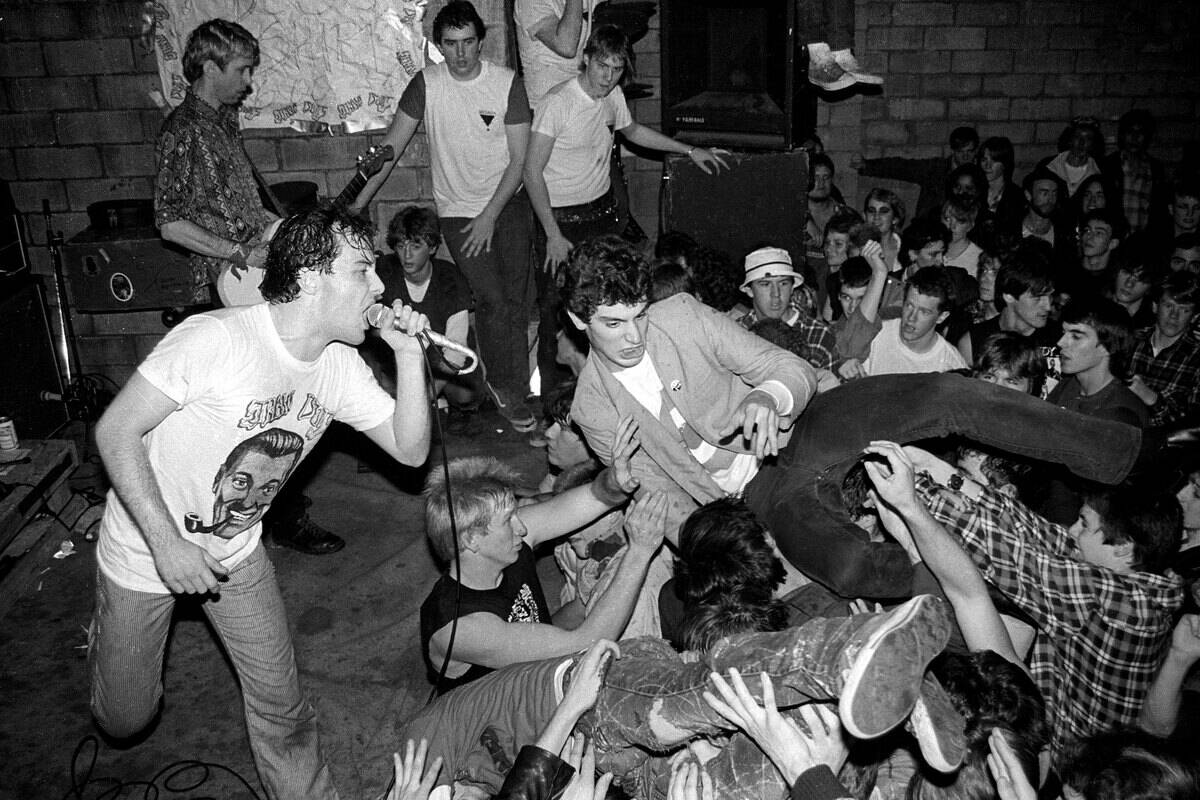
Bands like The Dead Kennedys and Blondie not only created unforgettable music but also iconic imagery. Their performances, captured in photographs, showcased their raw energy and charisma.
Debbie Harry’s striking style and Jello Biafra’s intense stage presence were immortalized in countless photos. These images continue to influence the aesthetic of modern music photography, cementing these bands’ legacies in both sound and sight.
Capturing the Chaos: Famous Punk Photographers
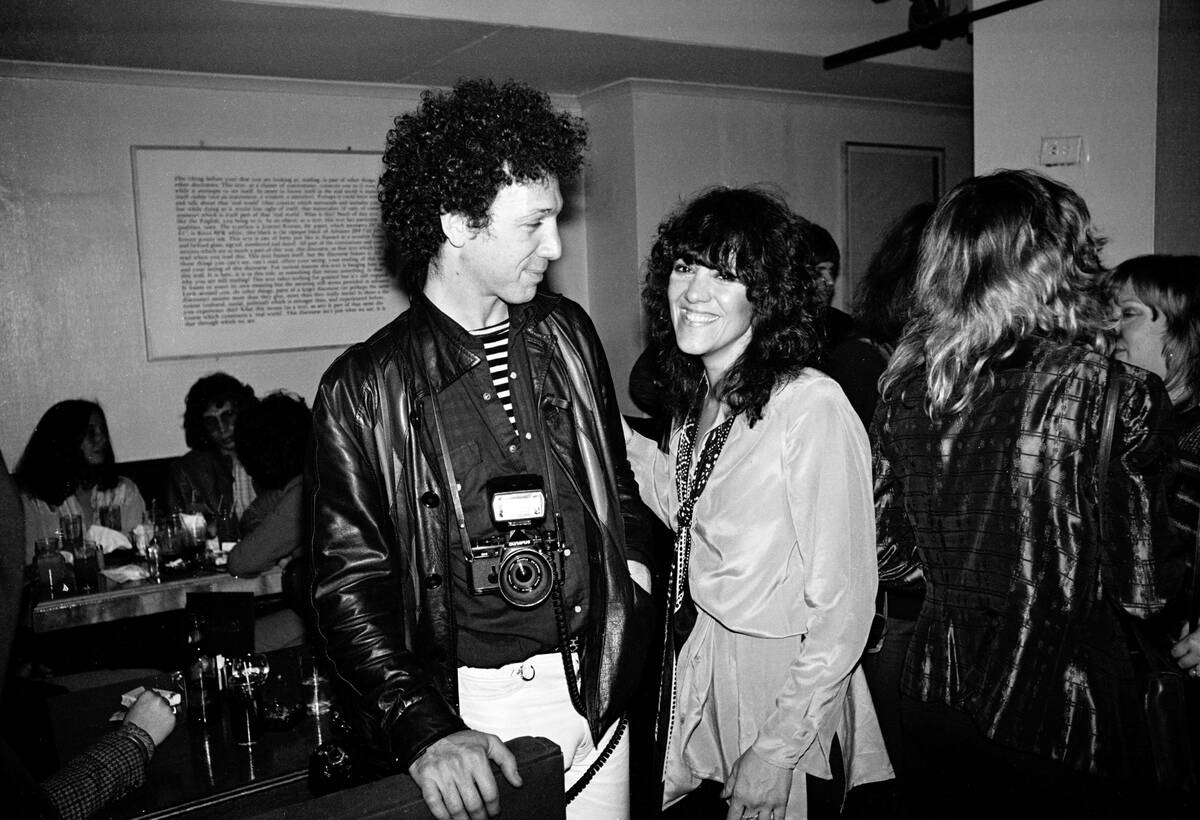
Photographers like Bob Gruen and Jenny Lens were pivotal in documenting the punk scene. Gruen’s shots of The Clash and the Sex Pistols captured the raw intensity of punk, while Lens’s images of the Los Angeles punk scene offered a glimpse into its vibrant underground.
Their work not only documented the era’s iconic moments but also helped shape the visual narrative of punk, making these photographers legends in their own right.
Underground Punk Zines and DIY Culture
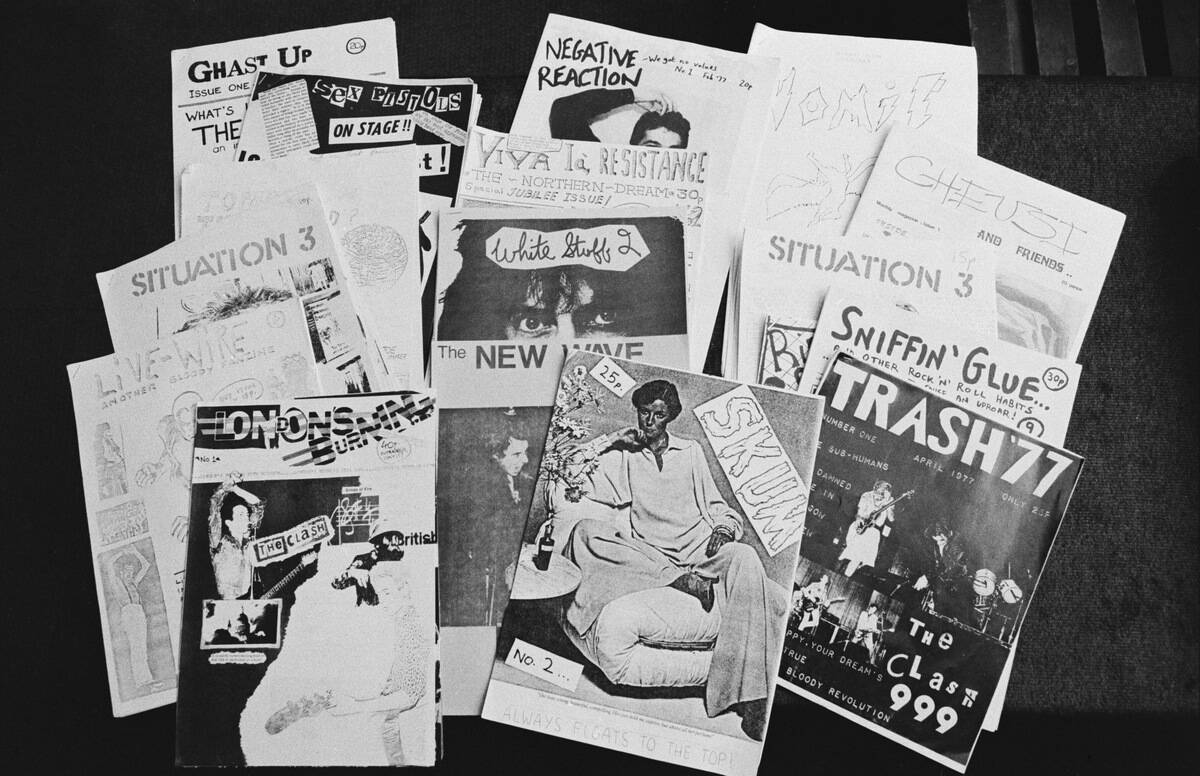
Zines like Sniffin’ Glue and Maximum Rocknroll were the lifeblood of punk communication. These DIY publications spread the word about new bands, upcoming shows, and punk philosophy.
Created with little more than a typewriter and a photocopier, zines embodied punk’s DIY ethos. They were raw, unpolished, and fiercely independent, just like the music they celebrated, fostering a sense of community among punk enthusiasts.
The Role of Street Art in Punk Imagery
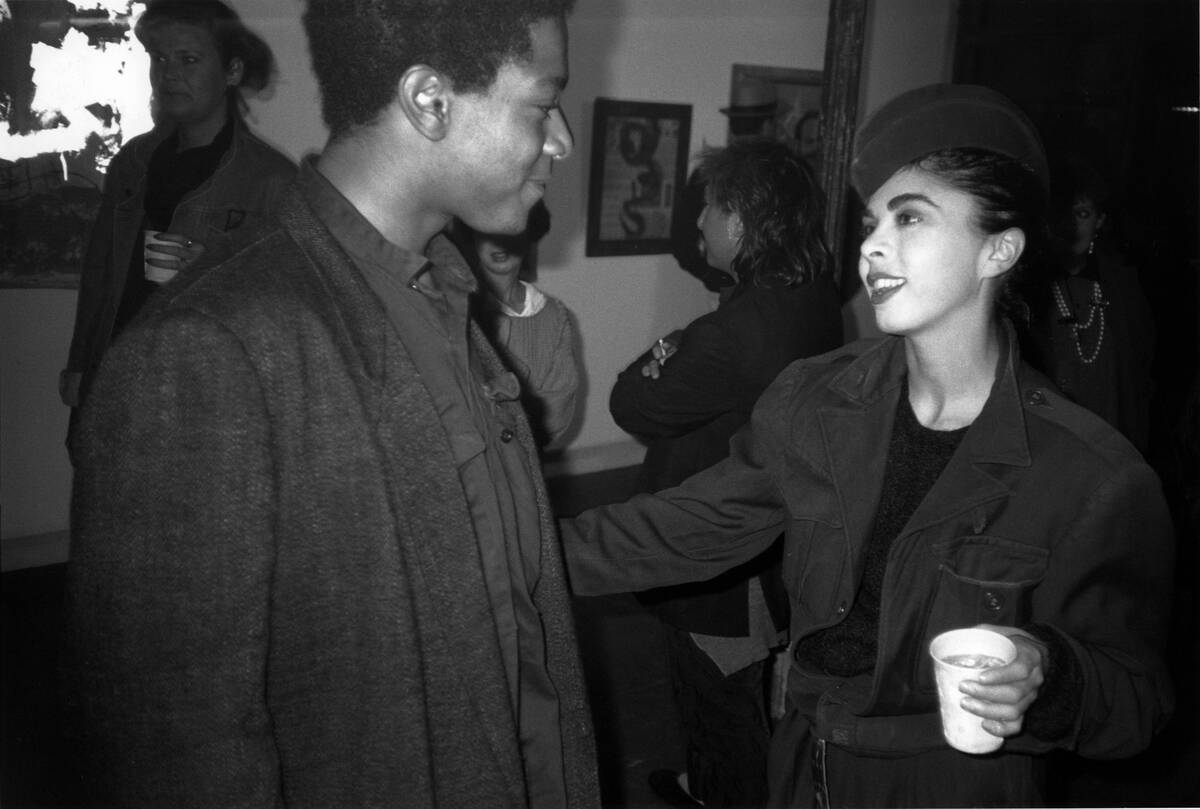
Street art became a powerful medium for punk expression in the ’80s. Artists like Jean-Michel Basquiat (left) and Keith Haring used graffiti to convey punk’s rebellious spirit.
Their work adorned city walls, becoming an integral part of the urban landscape. This art form was both a commentary on society and an extension of the punk aesthetic, adding a visual layer to the movement’s sonic rebellion.
Punk Protests and Political Statements
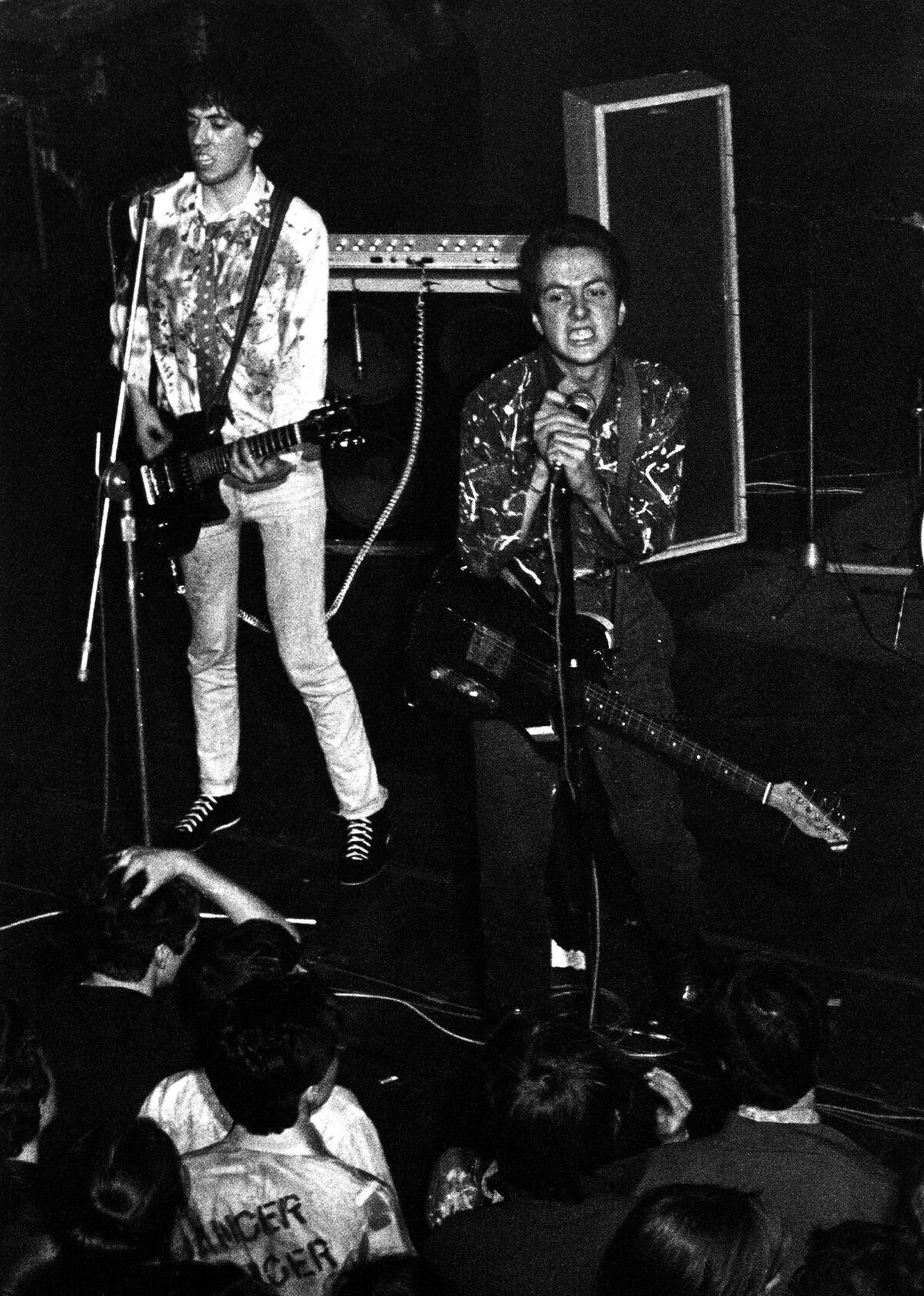
Punk was synonymous with political activism, and its concerts often doubled as protests. Bands like Crass and Dead Kennedys used their music to address issues like war, consumerism, and government corruption.
Their lyrics were biting, their messages clear. Photos from these events showed not just the chaos of the mosh pit but also the unity of a community rallying against societal injustices, making punk a powerful voice for change.
Memorable Punk Concerts Caught on Camera
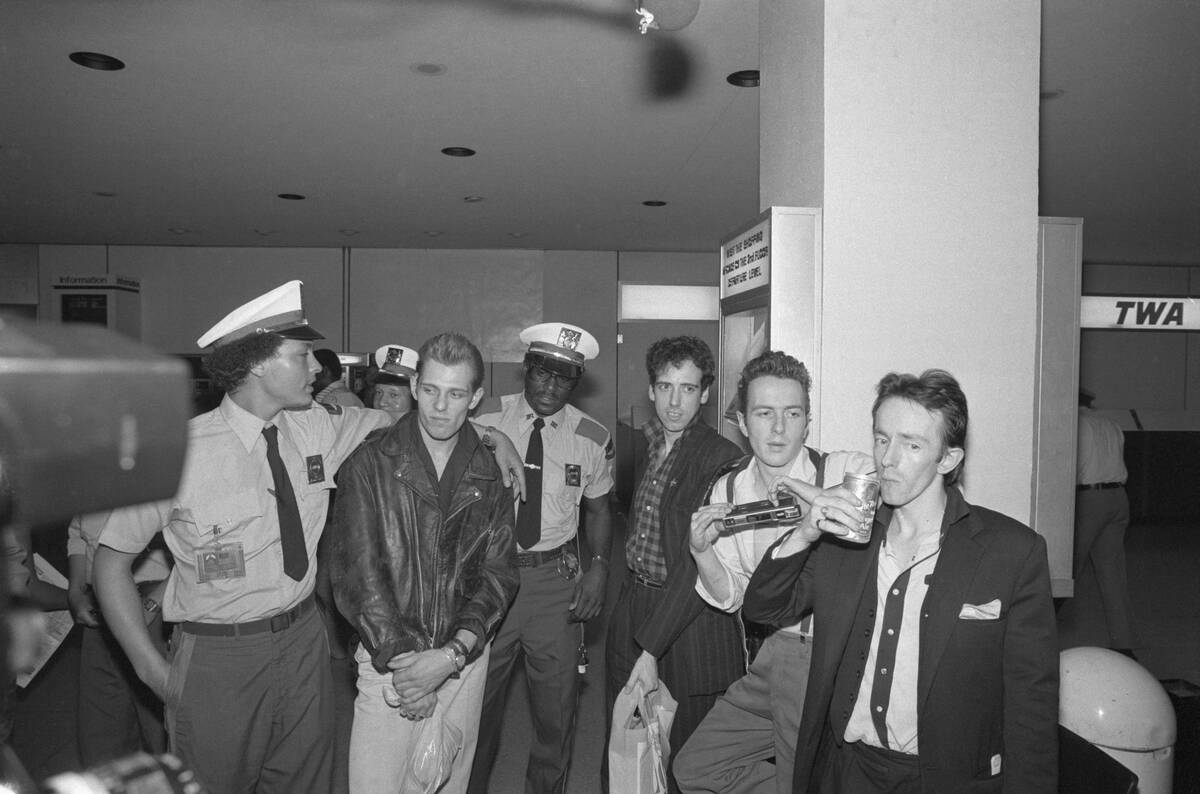
Concerts like The Clash’s 1981 show at Bond’s International Casino became part of punk lore. Captured in iconic photographs, these events were more than just musical performances; they were cultural milestones.
The energy of the crowd, the intensity of the band, and the sheer exuberance of the moment were etched into history through the lens of photographers who understood the significance of what they were witnessing.
The Evolution of Punk Hairstyles Through Photos
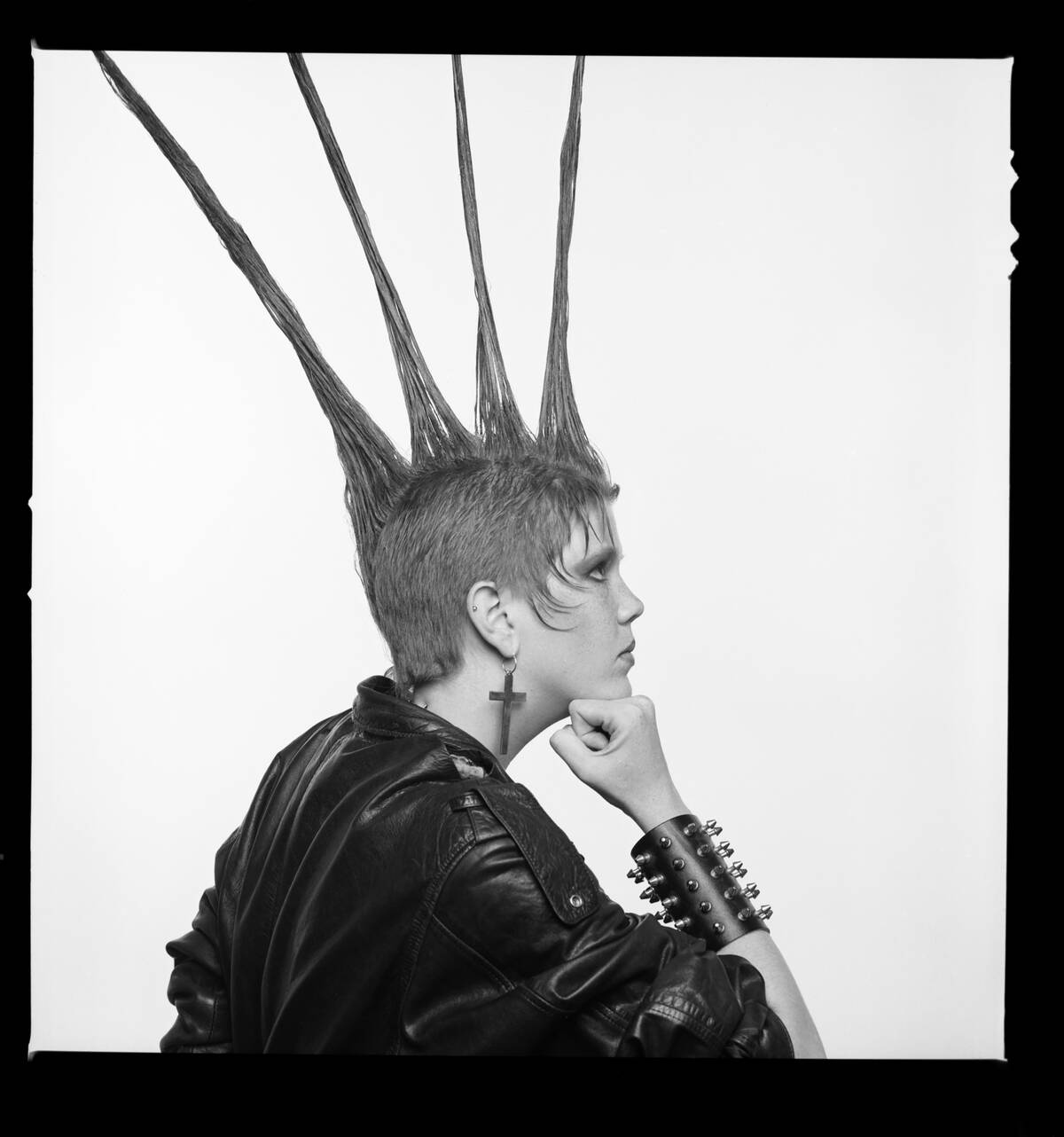
Punk hairstyles were a dynamic form of self-expression, evolving from spiked mohawks to brightly colored liberty spikes. Photos from the ’80s captured the creative heights of punk hair, showcasing an array of styles that defied gravity and convention.
These images highlighted not just the audacity of punk fashion but also the individuality of its followers, each style a personal statement against the status quo.
Punk Romance: Couples and Friendships in Photos
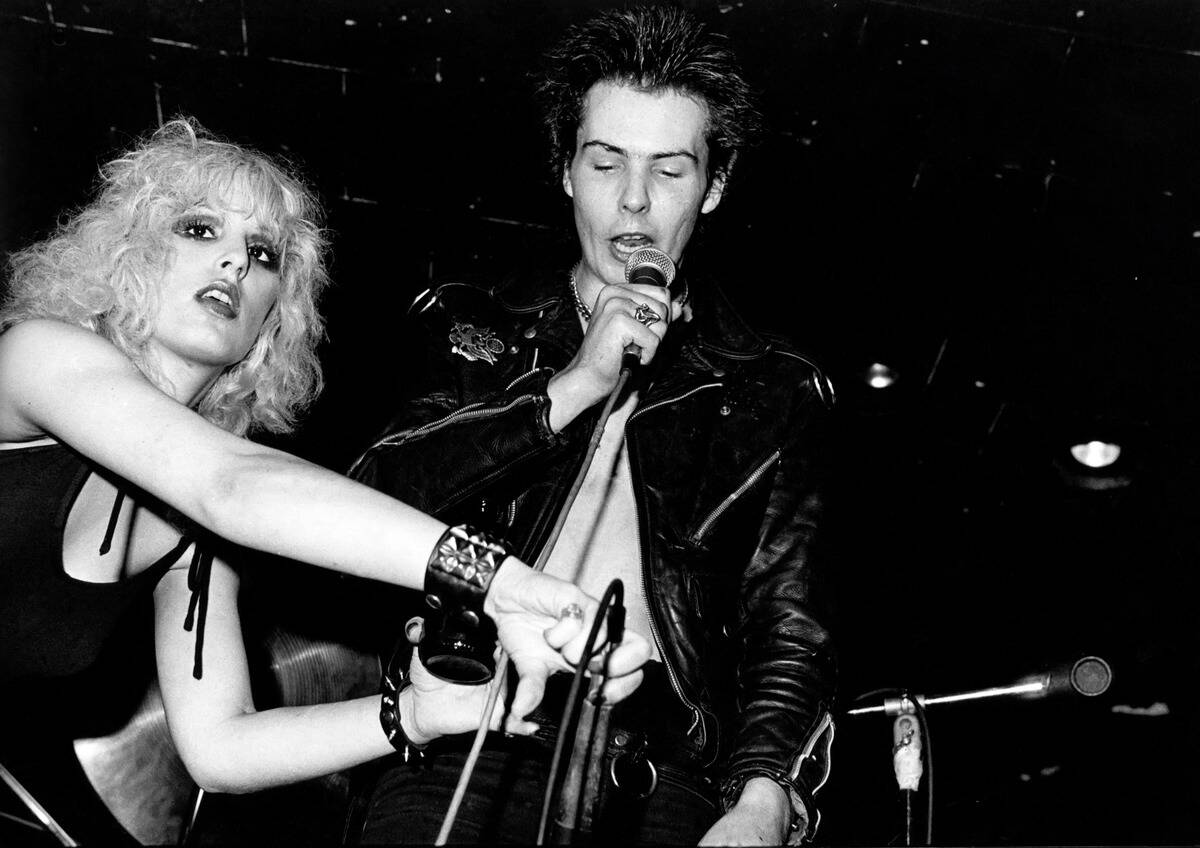
The punk scene was filled with intense relationships and camaraderie, often captured in candid photos. Iconic couples like Sid Vicious and Nancy Spungen became emblematic of punk’s wild, untamed spirit.
Friendships forged in the mosh pit were immortalized in snapshots that showed the softer side of punk, revealing the deep connections that the music and lifestyle inspired among its followers.
The Influence of Punk Album Covers
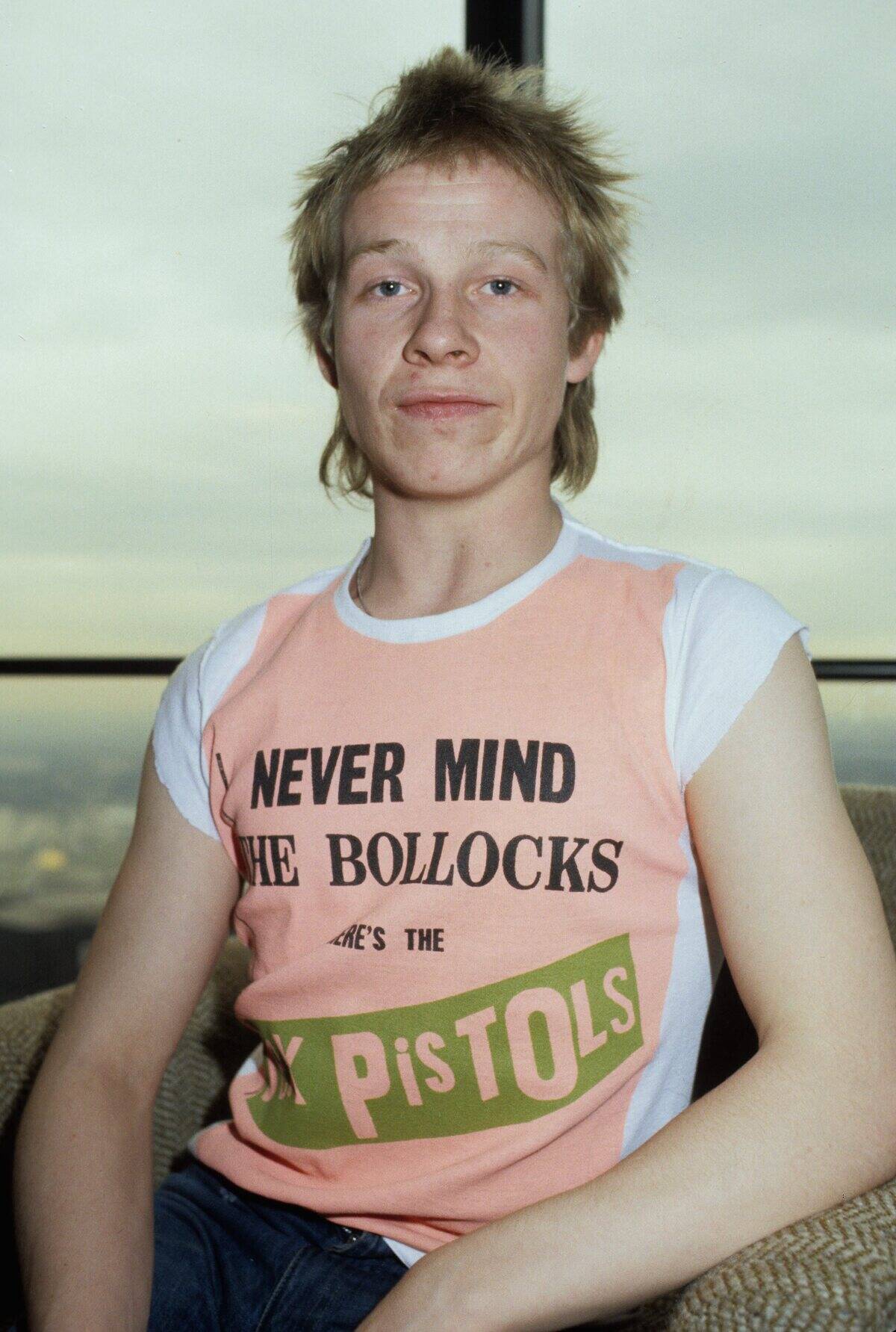
Album covers like The Clash’s London Calling and the Sex Pistols’ Never Mind the Bollocks were more than just packaging; they were powerful visual statements.
These covers, often featuring bold graphics and provocative imagery, became icons in their own right. They not only captured the essence of the music but also served as a canvas for punk’s rebellious spirit, influencing album art across genres for decades to come.
Backstage Pass: Candid Shots of Punk Icons
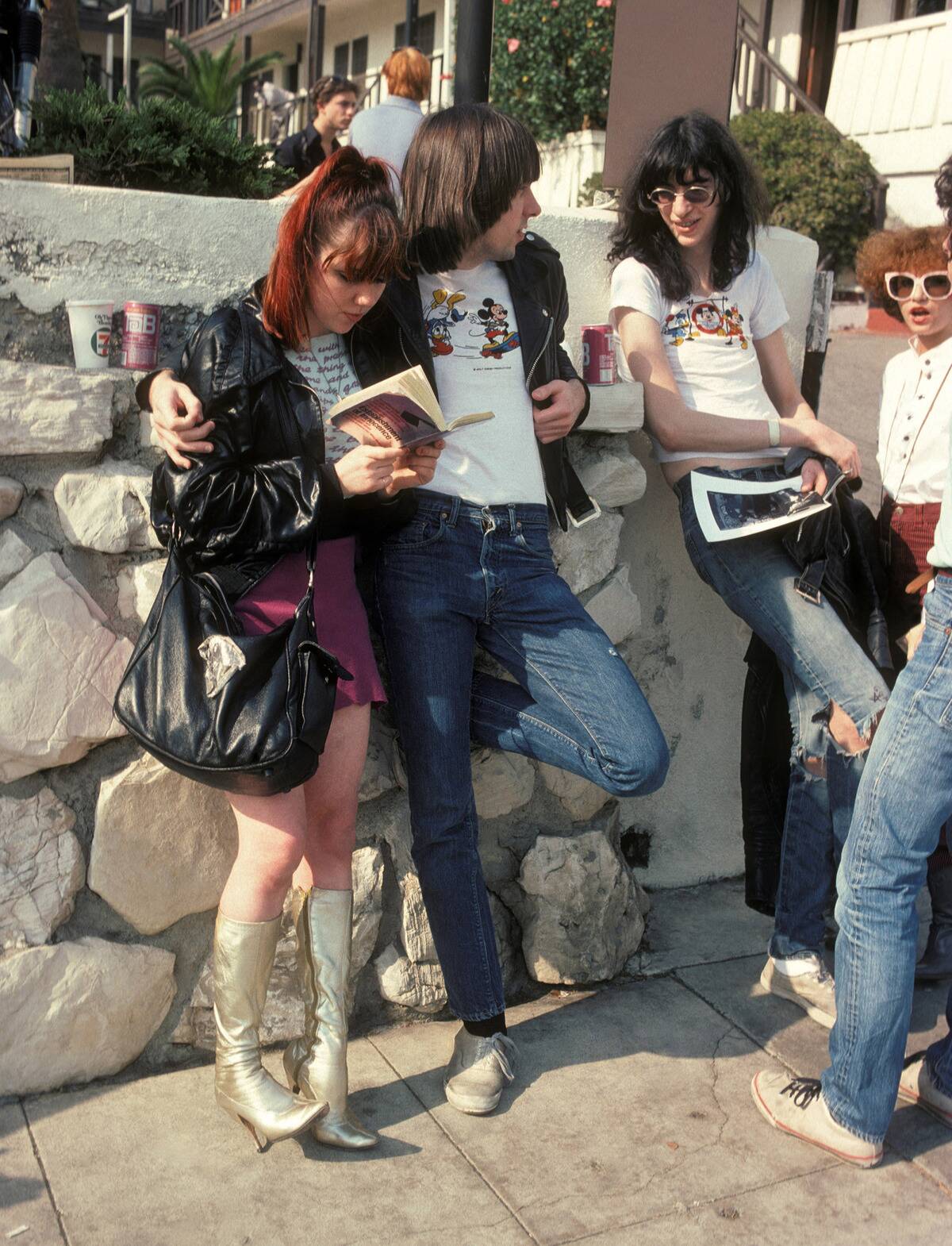
Behind the chaos of the stage, photographers caught intimate moments with punk legends. Candid shots of Joey Ramone or Joe Strummer relaxing before a show provided a glimpse into the human side of these icons.
These photos revealed the contrast between the performers’ larger-than-life stage personas and their offstage moments, adding depth to the punk narrative and humanizing its heroes for their fans.
Punk Fans: The Faces in the Crowd
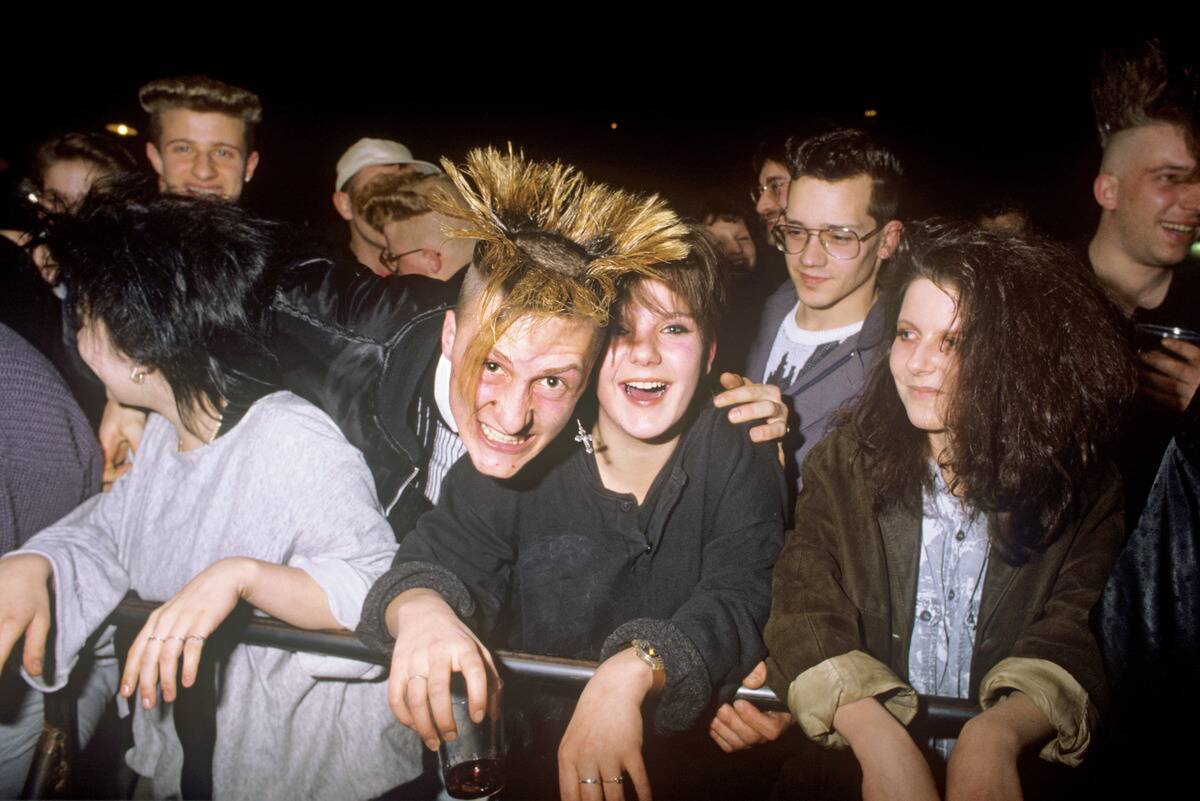
The fans were as much a part of the punk scene as the bands themselves. Photos from concerts and festivals captured the diversity and intensity of punk’s audience.
From the leather-clad punks at CBGB to the eclectic mix at the Reading Festival, these images showcased punk’s appeal to those seeking a sense of belonging and a break from the mundane. The faces in the crowd told the story of a movement that was as inclusive as it was rebellious.
Punk Fashion Shows and Runway Rebels
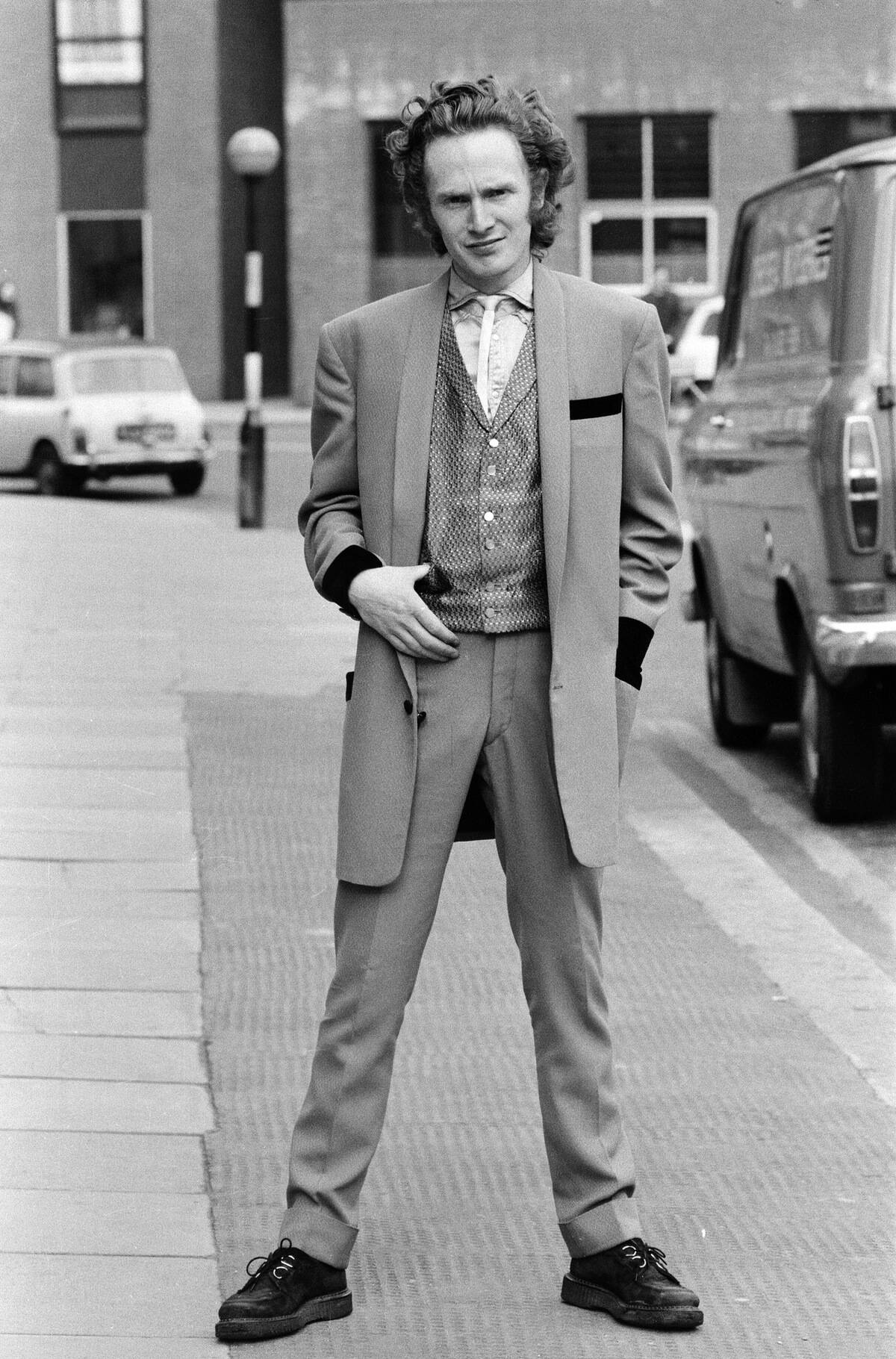
Punk fashion eventually broke into the mainstream, with runway shows featuring its bold styles. Designers like Vivienne Westwood and Malcolm McLaren (pictured) brought punk to haute couture, showcasing leather, tartan, and anarchy symbols.
These shows blurred the line between street style and high fashion, proving that punk’s rebellious aesthetics could influence even the most exclusive fashion circles. Photos from these events captured the daring spirit of punk on the world stage.
The Crossover of Punk and Mainstream Media
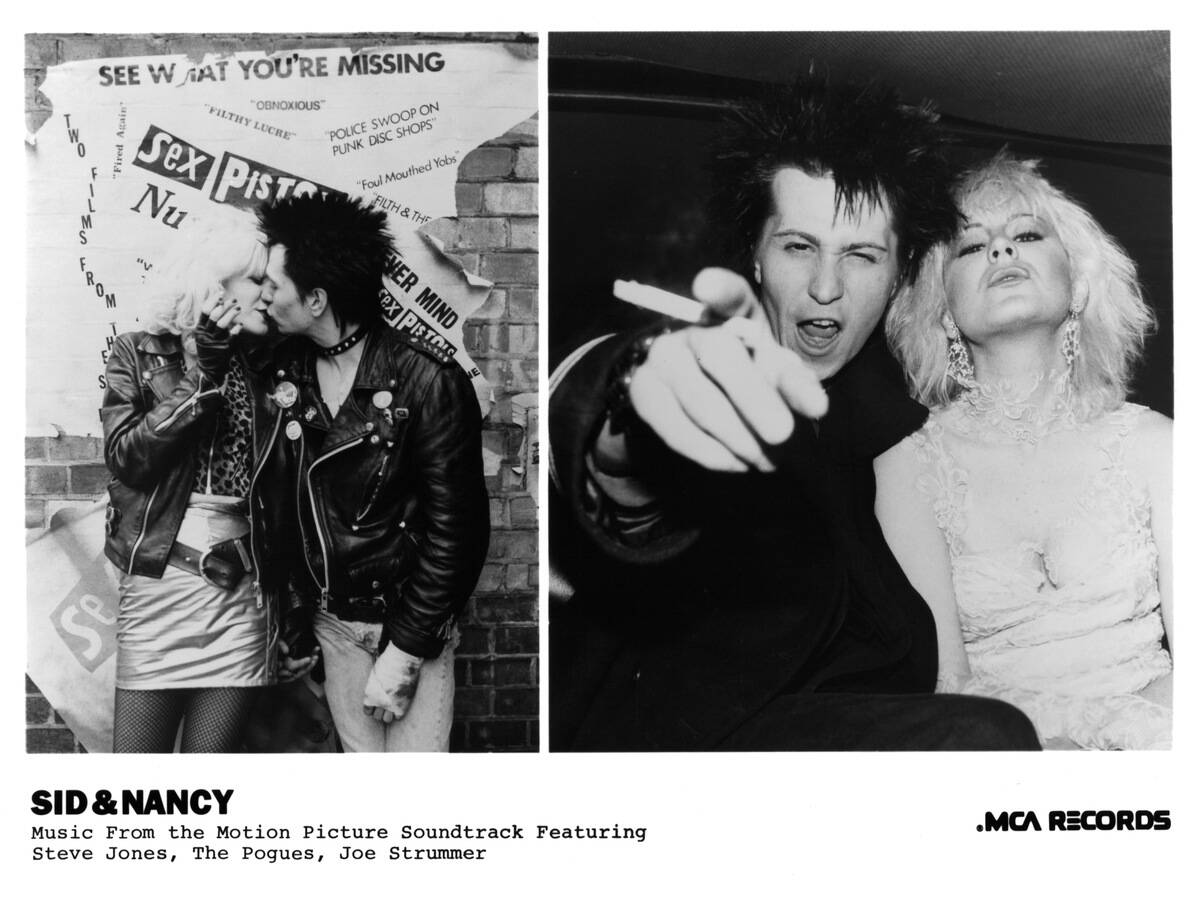
As punk gained popularity, it began to infiltrate mainstream media. Movies like Sid and Nancy brought punk culture to the big screen, while magazines like Rolling Stone began to feature punk bands.
This crossover introduced punk to a wider audience, challenging preconceptions and expanding its influence. While some feared it signaled the commercialization of punk, others saw it as a testament to the movement’s powerful impact.
Punk’s Global Reach: International Photos
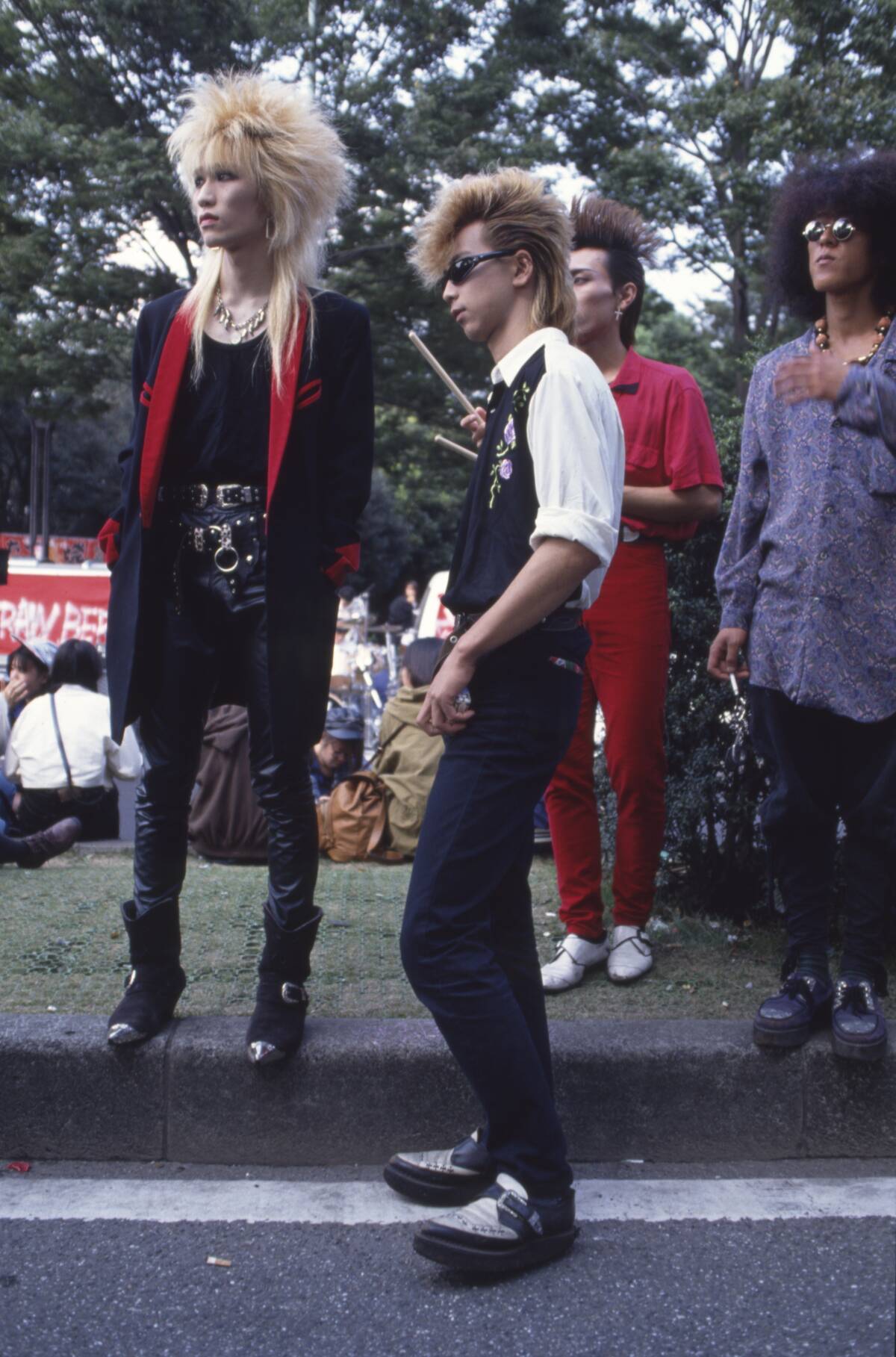
Punk was not confined to the UK and the US; it had a global impact. Scenes emerged in cities from Tokyo to São Paulo, each with its unique twist on punk culture.
Photographs from around the world highlighted the diversity of punk, capturing everything from Russian punks braving the cold in leather jackets to Brazilian fans creating their own DIY shows. These international photos underscored punk’s universal appeal and adaptability.



